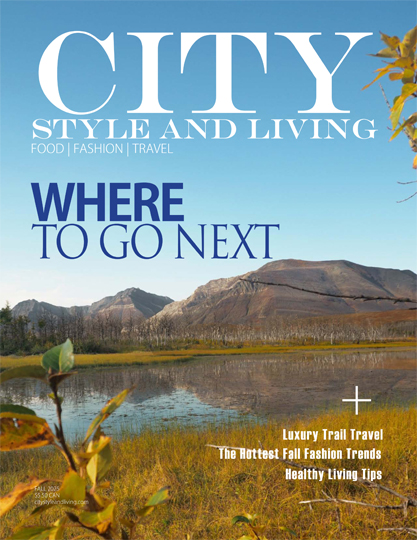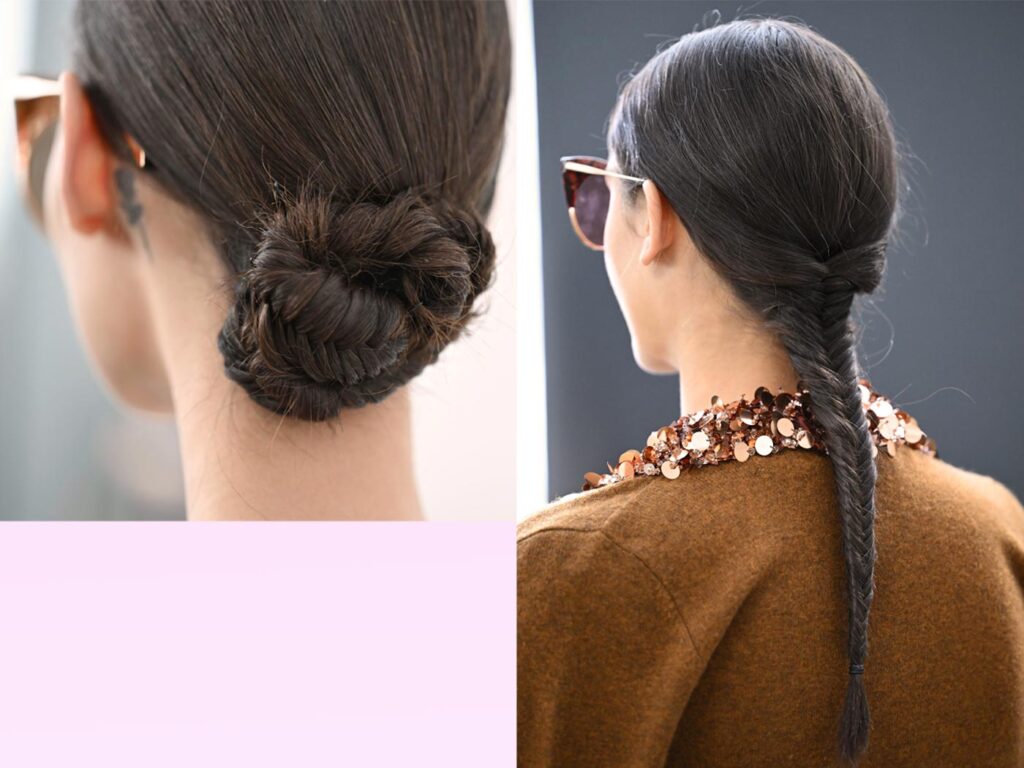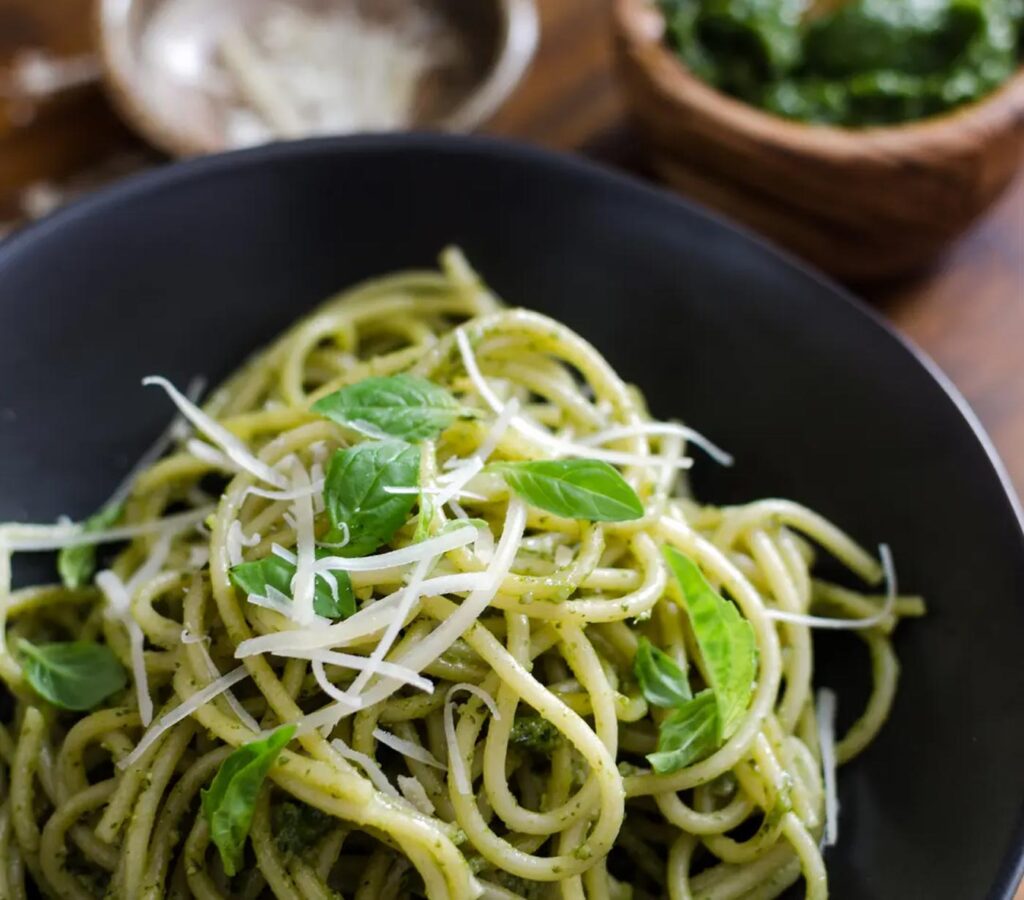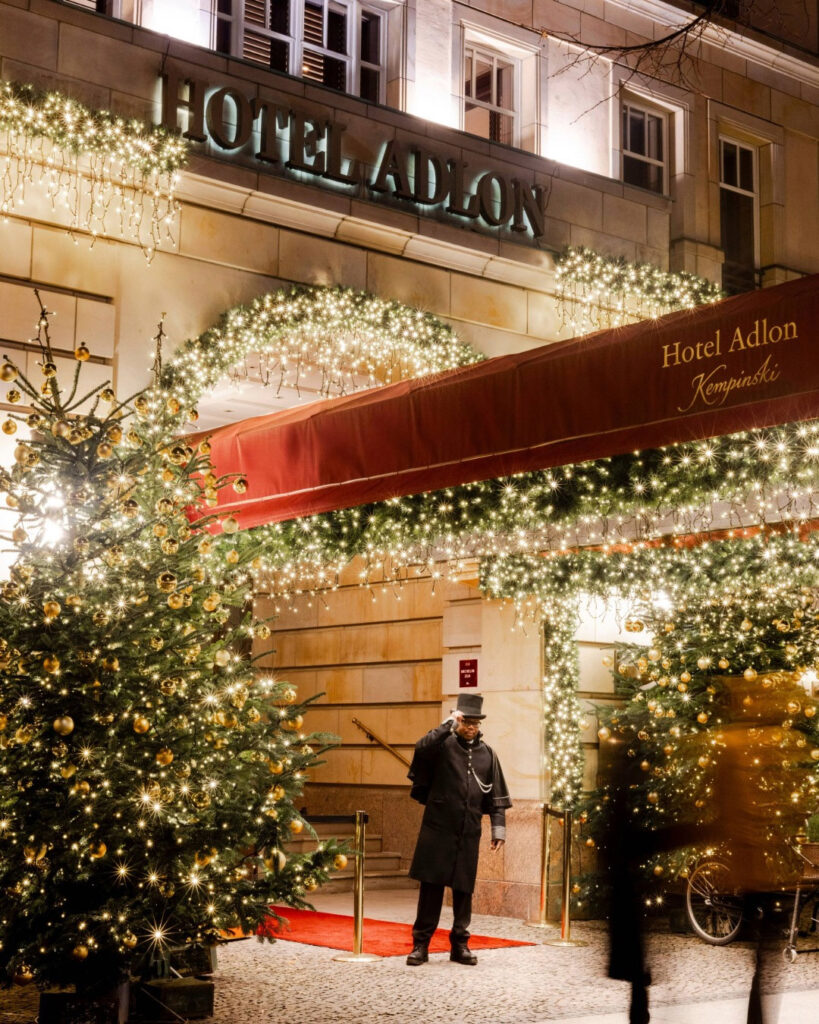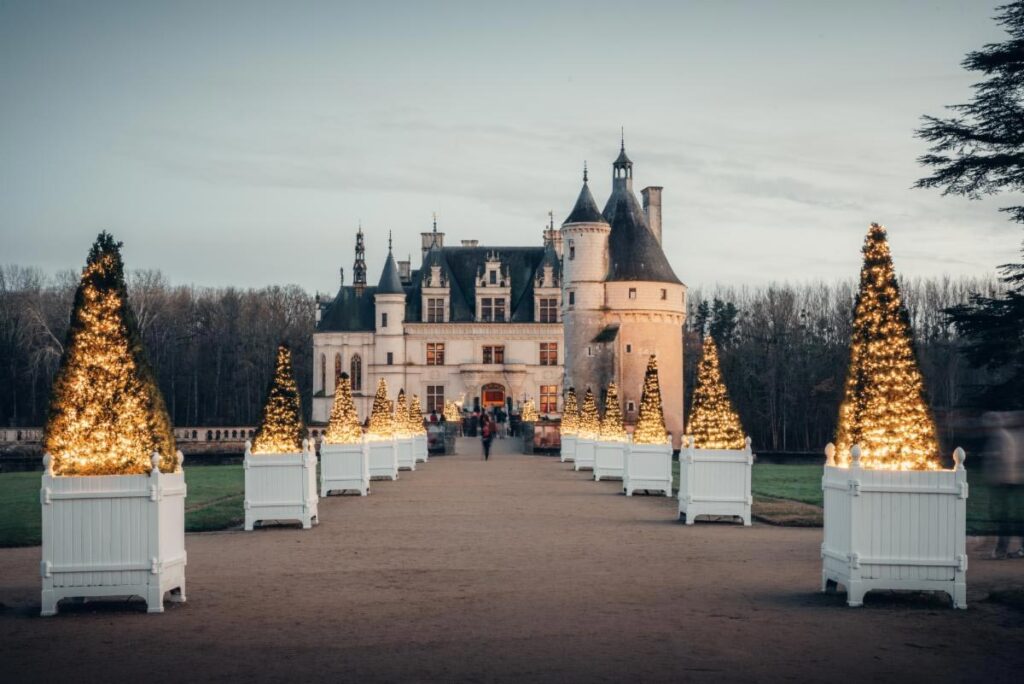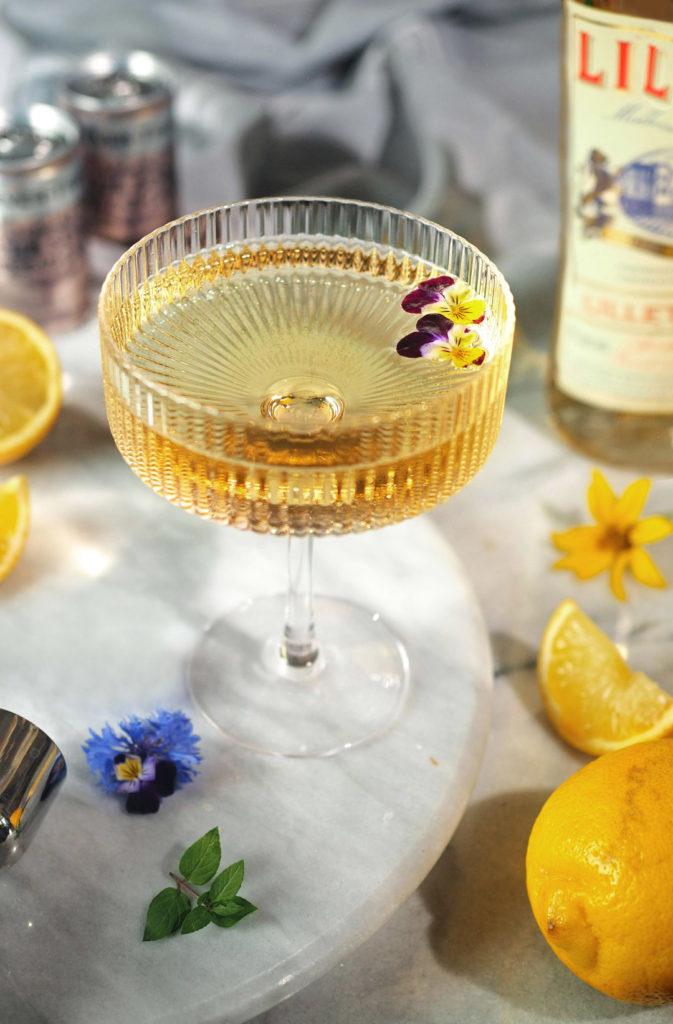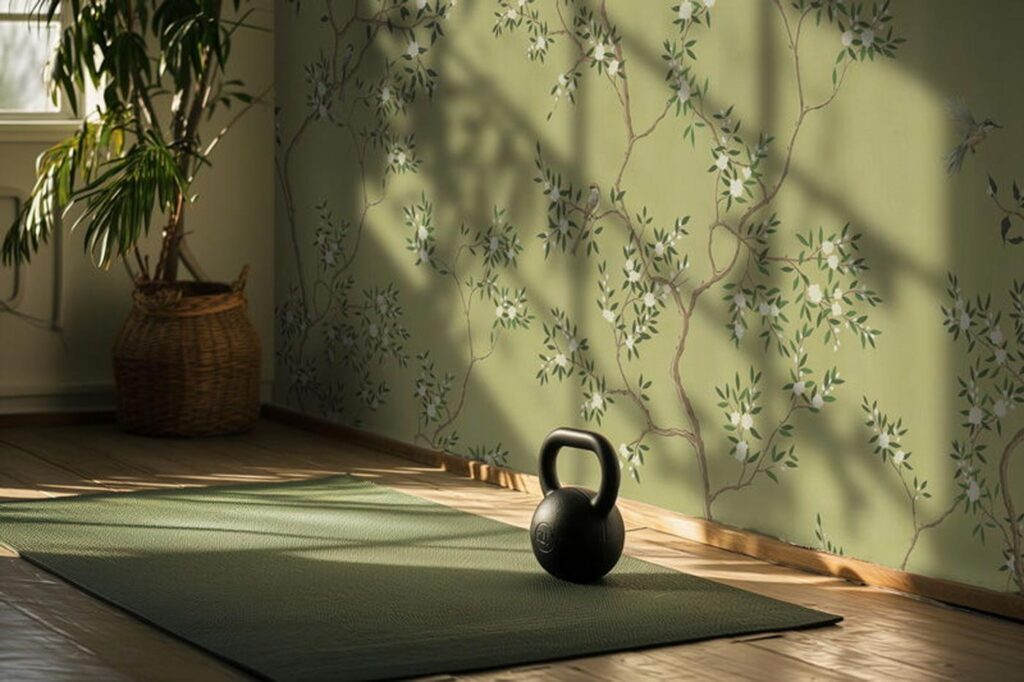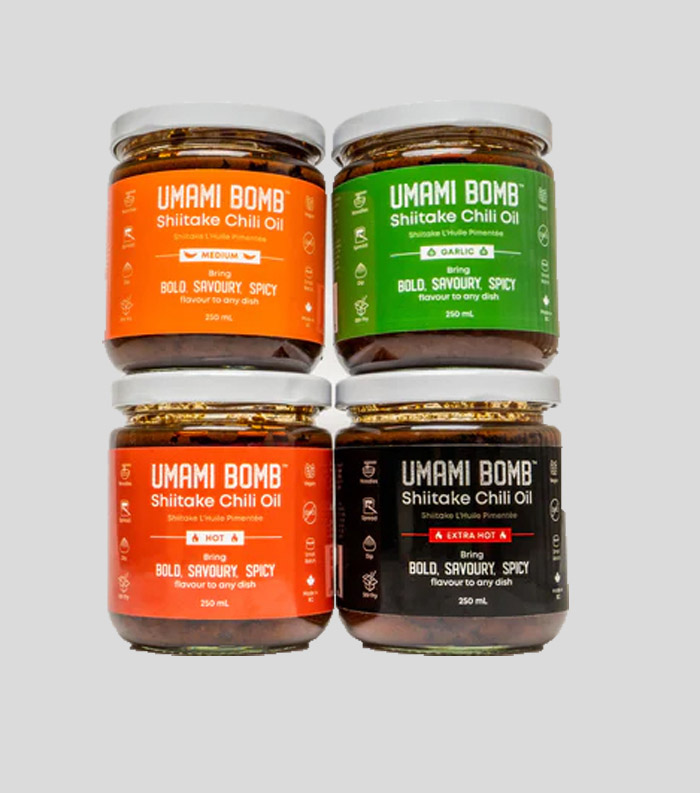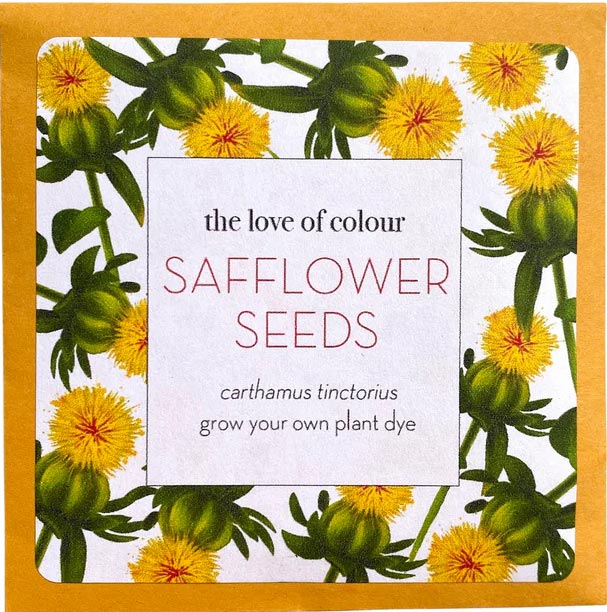The medicinal power of hot springs have been known for centuries, CSL guides you to three of these magical waters.

BLUE LAGOON – ICELAND
In 2006, Blue Lagoon was granted the blue flag for the fourth consecutive year in recognition of its effort to improve the standard of its bathing facilities and its high environmental standards. The Blue Lagoon
is perhaps the most recognizable of Iceland’s symbols, its blue colour a distinctive neon shade. The Lagoon holds six million liters of geothermal seawater, and the complex, recently refurbished, with spacious
changing and shower rooms, geothermal steam bath and sauna – plus a refreshing cold water sprinkle ensures a great dip. www.bluelagoon.com

BANFF UPPER HOT SPRINGS – CANADA
If you attended elementary school in Calgary, you probably know the story of the two Canadian Pacific Railway workers who stumbled upon hot springs on Sulphur Mountain in 1884. The story of the Banff upper hot Springs began much earlier, however, when native tribes discovered the curative properties of the hot springs. The outdoor pool, with the stunning backdrop of the Rocky Mountains, boasts views of Mount Rundle. other facilities include a children’s wading area in pool, outdoor terrace restaurant Pleiades Massage and Spa and universal wheelchair accessibility. Banff upper hot Springs illustrious 125 year history tied to the creation of Canada’s first national park reminds us of the pleasures of living in this province. www.hotsprings.ca

- Nasu Onsen Spa,Tochigi ©JNTO
NASU ONSEN – JAPAN
Visiting a hot spring (onsen) is almost a ritual in Japan and obligatory for any visitor. for centuries the Japanese have plunged themselves in the scorching onsen and their popularity has never waned. 138
million people a year visit onsen. nasu onsen, in a highland region of volcanic peaks, is one of seven hot springs that forms the nasuonsen-kyo Hot Springs Village. A legendary deer whose wound was
healed a`er soaking in the hot springs is the inspiration for the onsen’s name. The hot Springs Village features recreational facilities and a nearby ranch and theme park. www.jnto.go.jp
ONSEN is either natural mineral water above 25°C. or natural mineral water that contains more than 10 milligrams of ferric iron per litre. Though we generally call any warm or hot water an Onsen, in a precise sense, there are names for each category: Reikosen (Cold Mineral Spring) is water below 25°C. Bionsen (Subtle Onsen) is water between 25 and 34 °C. Koonsen (Hot Onsen) is water above 42 degrees
°C – Masako Murata
This article first appeared in City Style and Living Magazine Spring 2008 issue.
